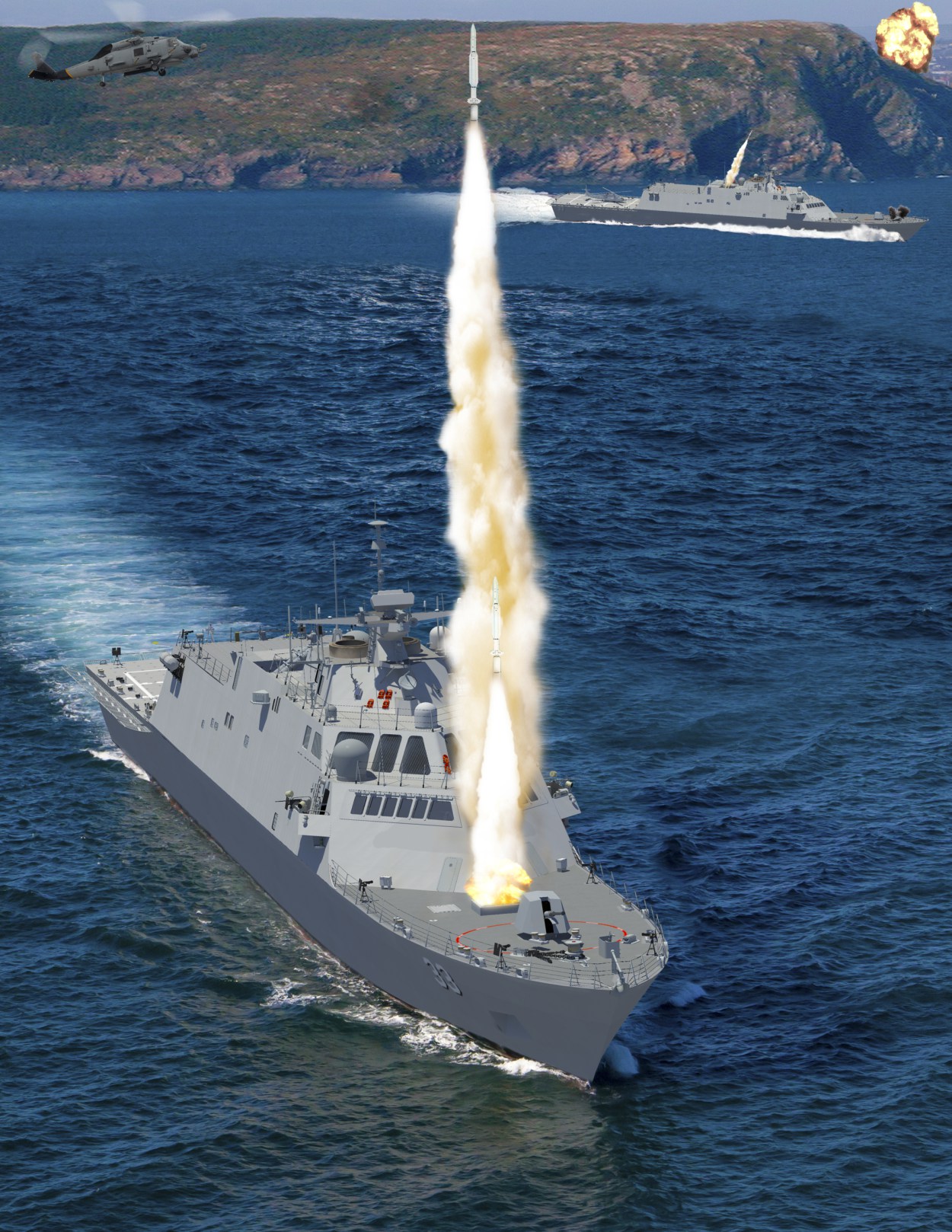
A potential bright side for Lockheed Martin — if Secretary of Defense Ash Carter’s proposed trim of Littoral Combat Ship and frigates goes through – is its Wisconsin shipyard could have more flexibility to build four planned ships for the Royal Saudi Arabian Navy, a Lockheed official told reports on Monday.
As part of a Dec. 14 memo to Secretary of the Navy Ray Mabus, Carter directed the Navy to excise 12 ships – six of the Lockheed Martin Freedom-class (LCS-1) and six of Austal USA’s Independence-class (LCS-2) – from its future budgets and instead invest the funds into higher-end weapons systems.
If the trim occurs, it could free up space at the Fincantieri Marinette Marine yard Joe North, vice president of Lockheed’s Littoral Ships and Systems told reporters on Monday.
“If you remember in ‘17 and ‘18 were going to be [awarded] six ships. I think they’re going to be less than that but we don’t know what the final decision is,” North said.
“In fact, it could be a positive thing in a certain way because we could accelerate certain ships.”
North said the company had planned to start construction of the ships – larger and more heavily armed than the U.S. Navy’s Freedom Flight 0 variant – in 2017 but those plans are currently on hold while Saudi Arabia and the U.S. haggle over the cost of the ships.
“We planned those ships that those ships would start to work their way into the yard in 17 but we’re still waiting to see what the fall out is from the final acquisition process,” North said.
On Monday, a report in Defense News indicated the Saudi’s were less than pleased with the cost and the delivery schedule of the four ships that would field 16 vertical launch system cells and an Airbus TRS-4D active electronically scanned array (AESA) air search radar suite and rejected a Nov. 22 letter of agreement (LoA) for the foreign military sale.
“The Saudis balked at the price tag for the [four ship] package – thought to be more than $3 billion but less than $4 billion – and were unhappy with the time it would take to complete detail design of the ships, carry out systems integration, build the vessels, deliver them and install infrastructure improvements in the kingdom,” reported the paper.
North said Lockheed a reduced U.S. buy “could be a positive thing in a certain way because we could accelerate certain ships.”
In 2013 Marinette completed a $74 million expansion of the Wisconsin yard that doubled its capacity and increased its workforce by 60 percent.
Now the company will wait out Saudi Arabia’s rejection – widely seen as a negotiating tactic – and the next steps for both countries.
“That’s sitting pretty much with the Navy – government to government – to settle the LOA,” North said.
“We’re patiently waiting to see what the final outcome of that is and we’re ready to move out into the design spirals to get that ship completed.”
The four Saudi ships are part of the larger Saudi Naval Expansion Program II (SNEP II) — the estimated $20 billon program to refresh the aging U.S.-built Saudi fleet operating in the Persian Gulf, according to a State Department notification issued in October.





